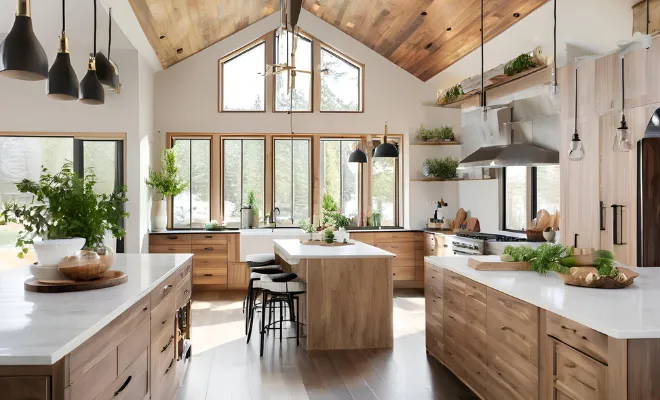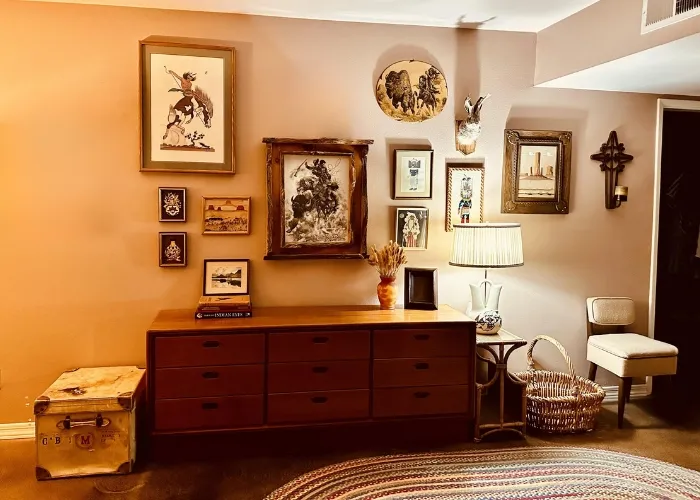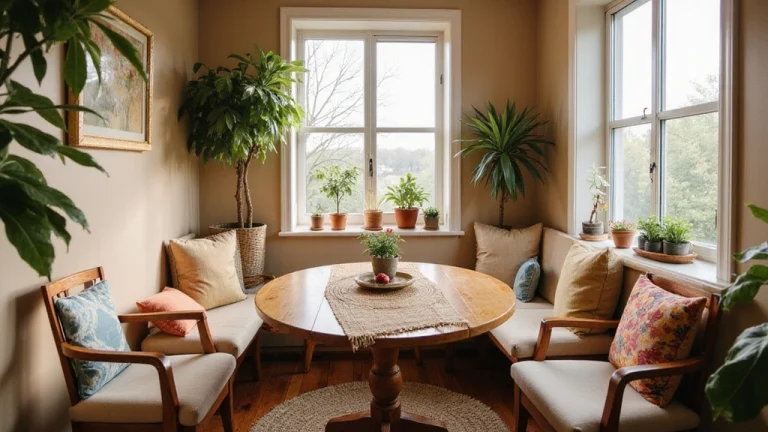Kids Room Shelving Ideas: Creative, Functional, and Fun Storage for Every Age
A child’s room is more than just a place to sleep — it’s a world of imagination, creativity, and growth. But as every parent knows, it can also become a jungle of toys, books, and clothes in no time. That’s where smart shelving ideas come in.
Thoughtful shelving solutions not only keep the chaos under control but also help children learn organization and independence. From floating shelves to themed displays, the right shelving setup can make your child’s room both practical and magical.
1. Designing for Little Hands: Functionality Meets Accessibility
When designing shelves for kids, accessibility should be the top priority. Low-level storage allows children to reach their belongings easily — encouraging independence and responsibility from an early age.
Design tips:
- Keep shelf height at your child’s eye level.
- Use sturdy, open shelves for easy reach.
- Avoid sharp corners — opt for rounded edges.
- Incorporate soft-close drawers and lightweight bins.
Remember: shelves in a kid’s room should grow with your child, adapting from toddler to tween years.
2. From Chaos to Cute: Storage That Simplifies Life
Every parent dreams of a clutter-free playroom, and shelving can make that dream come true. Whether it’s organizing Legos by color or giving storybooks their own nook, smart storage simplifies daily routines.
Practical ideas:
- Use labeled baskets or boxes within shelving units.
- Create zones for books, toys, and crafts.
- Add picture labels for younger kids who can’t read yet.
- Make clean-up time fun — turn it into a quick challenge!
3. Floating Shelves: Space-Saving Magic for Compact Rooms
In smaller kids’ rooms, floating shelves are lifesavers. Mounted high on walls, they free up floor space for play while still providing room for books, décor, and keepsakes.
Floating shelf inspiration:
- Install above desks, beds, or reading corners.
- Choose playful shapes like clouds, stars, or rainbows.
- Use colorful brackets to match room décor.
- Keep heavier items lower for safety.
4. Cube Shelves and Modular Units: The Versatile Heroes
Cube shelving units are like building blocks — flexible, functional, and endlessly customizable. You can mix open cubes for display with closed bins for hidden storage.
Why they work:
- Perfect for toys, books, or art supplies.
- Easy to reconfigure as kids grow.
- Blend in with any décor style.
- Add wheels for mobility or changeable use.
5. Bookshelf Wonderland: Encouraging Reading Through Design
Want to inspire a love of reading? Make books part of the room décor. A whimsical bookshelf design can spark curiosity and creativity.
Ideas to try:
- Tree-shaped or mountain-themed shelves.
- Wall-mounted front-facing book rails.
- Corner reading nooks with soft seating.
- Low book displays for toddlers to access easily.
Add a comfy chair or bean bag beside it — you’ve just created your child’s favorite storytime spot.
6. Toy Display Zones: Showcasing Treasures with Style
Instead of hiding toys, why not showcase them? Shelving can double as a display area for favorite toys, action figures, or LEGO creations.
Tips for stylish toy displays:
- Rotate items regularly to keep displays fresh.
- Group similar items by color or size.
- Use clear boxes or acrylic risers for special collections.
- Keep breakable or heavy items out of reach.
7. Built-In Shelving: Custom Charm That Grows with the Child
If you’re renovating or building from scratch, built-in shelving offers a seamless, polished look. It’s ideal for making use of awkward corners or slanted ceilings.
Benefits of built-ins:
- Maximize every inch of space.
- Add a timeless, integrated aesthetic.
- Increase home resale value.
- Adapt to future needs like study spaces or teen décor.
8. Themed Shelves: Bring Stories and Personalities to Life
Children love rooms that tell stories. Themed shelving ties the whole décor together while sparking imagination.
Theme ideas:
- Space adventures: rocket-shaped or metallic shelves.
- Jungle fun: vine-like wooden shelves.
- Dreamy nursery: cloud or moon shapes.
- Creative corner: rainbow shelves for art storage.
Match shelves’ colors and textures to the room’s theme for a cohesive look.
9. Montessori-Inspired Shelving: Learning Through Organization
Montessori-style shelving emphasizes independence and order. Low, open shelves make items visible and accessible, allowing kids to choose their own toys or books.
Key features:
- Simple, open design.
- Natural materials like birch or pine.
- Minimal clutter — fewer but purposeful items.
- Everything within reach of small hands.
10. Mix & Match Materials: From Wood to Metal to Acrylic
The material you choose sets the tone for the room. Each type brings a different feel and function.
Material breakdown:
- Wood: Classic, durable, and warm.
- Metal: Sleek and modern, perfect for older kids.
- Acrylic: Light and contemporary — blends with any décor.
- Rattan or bamboo: Adds a soft, eco-friendly touch.
Choose safe finishes and non-toxic paints for kid-friendly designs.
11. Corner Shelving Ideas: Making the Most of Every Inch
Corners often go unused — yet they’re full of potential!
Creative corner options:
- Floating corner shelves for small books or décor.
- Triangular wall units for a modern look.
- Ladder-style corner shelves for height and display.
- Rounded edges for safety in play areas.
Perfect for nightlights, framed photos, or small potted plants.
12. Over-the-Bed and Under-the-Window Storage Hacks
Vertical space is valuable in any child’s room. Use walls and window zones wisely.
Try these smart hacks:
- Install shelves over the bed for books or art.
- Add built-in benches under windows with storage inside.
- Keep heavier décor items away from sleeping areas.
- Use matching bins or baskets for a cohesive look.
13. DIY and Upcycled Shelving Projects for Creative Families
Family DIY projects can be both fun and budget-friendly.
Fun DIY ideas:
- Repurpose wooden crates or fruit boxes.
- Turn old skateboards into mini wall shelves.
- Paint ladders or repainted planks for rustic charm.
- Let kids help with painting or decorating for a personal touch.
These projects make for memorable weekend activities — and one-of-a-kind décor.
14. Safety First: Securing and Childproofing Shelves

Stylish doesn’t mean unsafe. Childproofing should always come first.
Safety checklist:
- Anchor tall furniture to walls with anti-tip straps.
- Choose shelves with rounded corners.
- Avoid glass or fragile materials.
- Place heavy or sharp items on lower shelves.
- Regularly check for loose screws or fittings.
15. Styling Secrets: Balancing Playfulness and Design
Styling is all about balance — making shelves fun without the clutter.
Styling tips:
- Follow the “one-third rule”: storage, décor, and empty space.
- Mix practical bins with display pieces.
- Use color coordination for harmony.
- Leave some breathing room for visual calm.
A well-styled shelf grows with your child — just like the room itself.
16. Lighting and Color: Making Shelves Pop
Good lighting makes shelving shine — literally!
Lighting ideas:
- LED strip lights for a warm glow.
- Fairy lights for a magical touch.
- Mini wall sconces for reading areas.
Color tips:
- Bright hues energize the room.
- Soft pastels create a soothing vibe.
- Contrast shelves against neutral walls for bold impact.
Let your child pick their favorite colors — it helps them feel ownership of the space.
17. Smart Shelving for Shared Rooms
When siblings share a room, smart shelving keeps the peace.
Shared-room strategies:
- Divide shelves by color or labels.
- Use identical bins for a uniform look.
- Create individual “zones” for each child’s items.
- Add neutral central shelves for shared books or toys.
This approach teaches organization while maintaining fairness and balance.
18. Shelving That Grows: Adjustable and Convertible Systems
Kids grow fast — and their storage needs change just as quickly.
Future-proof ideas:
- Adjustable shelves that shift height over time.
- Convertible systems that evolve into study areas.
- Modular units that can move from playroom to bedroom.
- Neutral designs that suit any age.
These flexible systems save money and make transitions smooth.
Conclusion: Building a Space That Nurtures Creativity and Order
The perfect kids’ room shelving balances practicality, creativity, and safety. It’s not just about organization — it’s about empowering your child to take pride in their own space.
Whether you’re installing floating shelves, designing a reading nook, or crafting a DIY creation, the right shelving can transform even the smallest room into a joyful, functional haven.
With these ideas, you’ll create a space that inspires imagination, supports growth, and stays beautifully organized — no matter how fast your little ones grow.






